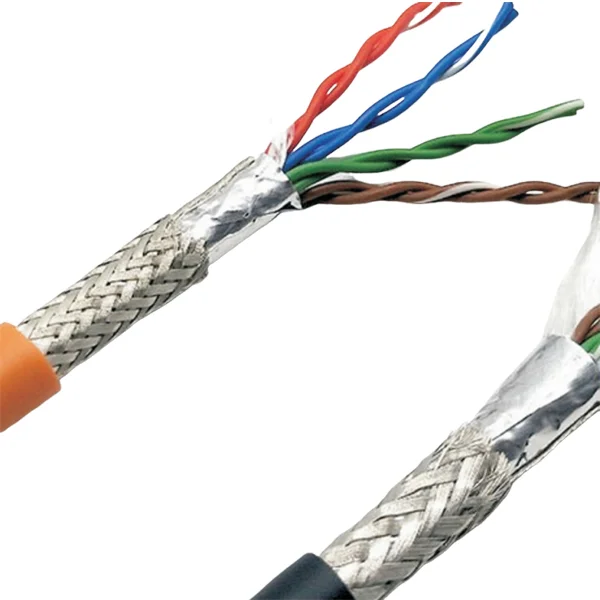In the intricate world of electrical and electronic engineering, understanding the nuances between devices that control the flow of current is crucial. At first glance, the terms electric switch and electronic switch might seem interchangeable, but they serve distinct purposes and operate on different principles. This blog delves into the heart of these differences, offering a multi-layered exploration that caters to both beginners and seasoned professionals. By the end, you'll appreciate the sophisticated distinctions that drive technological advancements today.
Layer 1: Definition and Functionality
Electric Switch:
An electric switch is a fundamental component in electrical circuits, designed to complete or break an electrical circuit manually or automatically. It operates on the principles of mechanical contacts—when the switch is flipped, metal contacts either touch (closing the circuit) or separate (opening the circuit), allowing or stopping the flow of electrical current. Common examples include light switches, toggle switches, and relay switches.
Electronic Switch:
An electronic switch, on the other hand, leverages electronic devices like transistors, diodes, or integrated circuits (ICs) to control the flow of current. Unlike electric switches, which rely on physical contact, electronic switches function based on electrical signals. They can be activated or deactivated by varying voltage levels, currents, or even digital signals, offering higher precision, speed, and reliability. Examples include MOSFETs (Metal-Oxide-Semiconductor Field-Effect Transistors), thyristors, and logic gates in digital circuits.
Layer 2: Operational Characteristics
Electric Switch:
- Mechanical Operation: Electric switches typically involve moving parts, making them prone to wear and tear over time.
- Switching Speed: Generally slower compared to electronic switches due to the physical movement required.
- Load Handling: Suitable for handling high currents and voltages, making them ideal for applications like household lighting and industrial machinery.
Electronic Switch:
- Solid-State Design: Electronic switches lack moving parts, contributing to their longer lifespan and higher reliability.
- Switching Speed: Capable of switching at extremely high speeds, essential for modern electronics like computers, smartphones, and high-frequency communications.
- Efficiency and Control: Electronic switches offer better efficiency and can be precisely controlled using electronic signals, enabling complex automation and regulation.
Layer 3: Applications and Use Cases
Electric Switch Applications:
- Residential and Commercial Use: Light switches, power outlets, and circuit breakers.
- Industrial Automation: Relay switches for controlling motors, heaters, and other machinery.
- Safety Systems: Emergency stop switches and circuit breakers in electrical panels.
Electronic Switch Applications:
- Digital Electronics: Logic gates in CPUs, memory chips, and microcontrollers.
- Power Electronics: MOSFETs and thyristors in inverters, rectifiers, and battery management systems.
- Communication Systems: High-speed switches in routers, modems, and data centers.
Layer 4: Technological Evolution and Future Trends
As technology advances, the line between electric and electronic switches continues to blur, with hybrid solutions emerging. Smart switches, for instance, combine mechanical switching with embedded electronics for remote control and energy monitoring capabilities. These advancements underscore the growing demand for more intelligent, interconnected systems.
Moreover, the rise of the Internet of Things (IoT) and Industry 4.0 initiatives is driving the integration of electronic switches into every facet of our lives. From smart homes to smart factories, the ability to monitor, control, and optimize systems remotely relies heavily on the reliability and speed of electronic switching technologies.
Conclusion: Bridging the Gap
Understanding the differences between electric and electronic switches isn't just about grasping technical specifications; it's about appreciating how these fundamental principles shape our technological landscape. Electric switches remain indispensable for high-power applications and straightforward manual control, while electronic switches revolutionize automation, efficiency, and connectivity.


